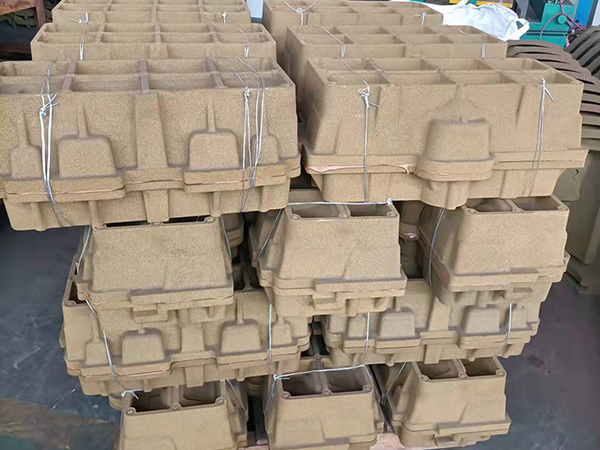Lost Foam Casting A Modern Approach to Precision Manufacturing
Lost foam casting (LFC) is an advanced metal casting process that combines traditional methods with modern technology to produce high-quality castings with intricate shapes and superior dimensional accuracy. Developed in the mid-20th century, this process has gained popularity in various industries, including automotive, aerospace, and art, due to its unique advantages over conventional casting techniques.
At the heart of lost foam casting lies a process that involves creating a foam pattern, which serves as a mold for the molten metal. This pattern is usually made from polystyrene foam, which is both lightweight and easily shaped. The first step in the LFC process is to create a foam model of the desired part. Once the model is crafted, it is coated with a ceramic shell or sand mixture to form a barrier that can withstand the high temperatures of molten metal.
One of the most significant advantages of lost foam casting is its ability to produce complex geometries. Traditional casting methods often require multiple parts to be manufactured and later assembled. However, LFC allows manufacturers to create a single piece, reducing the need for joints and welds, which can be potential weak points in a structure. This streamlined approach not only enhances the mechanical properties of the casting but also simplifies the production process, leading to lower costs and reduced production times.
Another critical aspect of lost foam casting is its ability to achieve excellent surface finishes and high dimensional accuracy. Because the foam pattern is a precise replica of the final product, the resulting casting closely matches the intended design. This precision is essential in industries such as aerospace, where even the slightest deviation can lead to significant performance issues. Maintaining tight tolerances is crucial, and LFC excels in this regard, making it an attractive option for manufacturers needing high-quality components.
lost foam casting

The lost foam casting process also boasts environmental benefits. The use of polystyrene foam means that the patterns can be easily recycled or reused. Furthermore, since the process does not require the use of additional binders or adhesives, it generates fewer hazardous waste materials compared to traditional casting methods. As sustainability becomes increasingly important in manufacturing, the eco-friendliness of lost foam casting adds to its appeal.
In terms of versatility, LFC can be used with various metals, including aluminum, iron, and steel, making it suitable for a wide range of applications. Its ability to accommodate various alloys allows manufacturers to select the optimal material for specific performance requirements. This flexibility is a crucial reason why many industries are adopting lost foam casting techniques.
Despite its numerous advantages, lost foam casting is not without its challenges. The production of foam patterns can be resource-intensive, requiring specialized equipment and skilled labor. Moreover, the process requires precise control over pouring temperatures and speeds to prevent defects such as oxidation and gas entrapment. Manufacturers must be diligent in monitoring these parameters to ensure the integrity of the final product.
In conclusion, lost foam casting represents a modern and efficient approach to manufacturing complex metal components. Its unique ability to produce intricate geometries, coupled with high surface quality and dimensional accuracy, makes it a favored choice across various industries. As manufacturers continue to prioritize efficiency, sustainability, and precision, it is likely that the adoption of lost foam casting techniques will increase. With ongoing advancements in technology, we can expect the lost foam casting process to evolve further, enhancing its capabilities and solidifying its place in the future of manufacturing. Whether for functional components in aerospace or artistic sculptures, lost foam casting offers a compelling blend of innovation and reliability.
Post time:Ott . 12, 2024 06:20
Next:Exploring the Characters and Themes of Sand Castle Film
